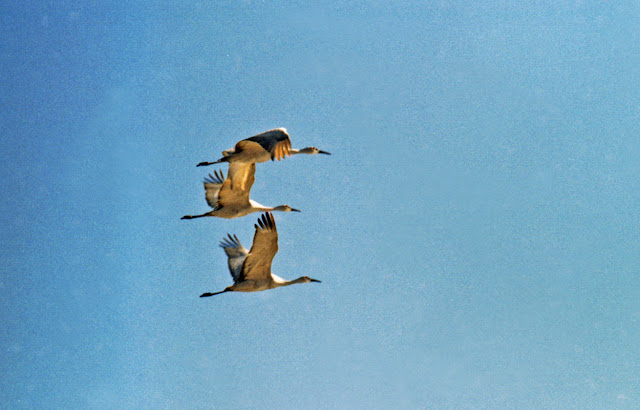I first came across Tlaloc, the Rain God, in an arroyo near Rincon in southern New Mexico. The depiction of Tlaloc was on a rock face overlooking a hueco, a natural rock tank that collects rainwater and holds it long after the late summer monsoons.
According to rock art expert, Polly Schaafsma, Tlaloc representations with their rectangular heads and goggle eyes can be found throughout southern New Mexico wherever there are Jornada-style petroglyphs. The Rain God may have come along with the corn that found its way north from Mexico around two thousand years ago.
There are certainly mask-like designs everywhere I have found rock art, but the only other one I have seen that was clearly Tlaloc was high on a rock wall in Chaco Canyon. That unusually ornate example inspired me to offer a haiku in tribute:
Tlaloc, the Rain God,Sometimes dons strange disguise
To walk among us
When I was in the process of redesigning the web site I maintained for displaying my rock art images I decided to create a Tlaloc-like figure as the favicon, the icon for the site that is displayed in the head of the browser. At the time, New Mexico was deep in a long drought and it occurred to me that each time a visitor clicked on the url of the site, the Rain God would be called. Perhaps not a guaranteed drought remedy, but it seemed like it was worth the gamble.
I closed down the rock art web site not long after moving to Albuquerque. Mike Elek picked up the html code and images and preserved Sacred Places: New Mexico Rock Art as part of his vintage camera site, but the Tlaloc favicon did not go along. I then decided to reuse the Tlaloc favicon for my Everything Else website that I use for digital photography and various other purposes. So, Tlaloc is still working to ameliorate our dry spells.



















